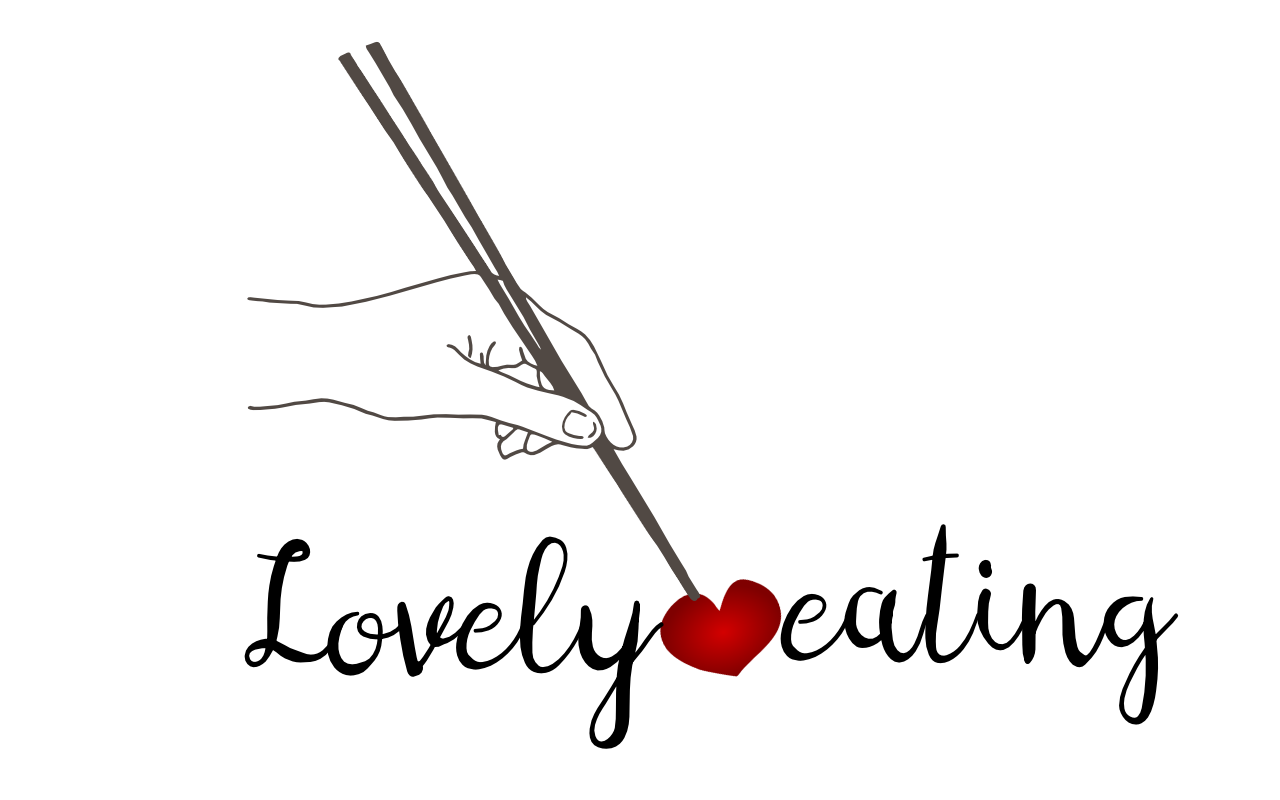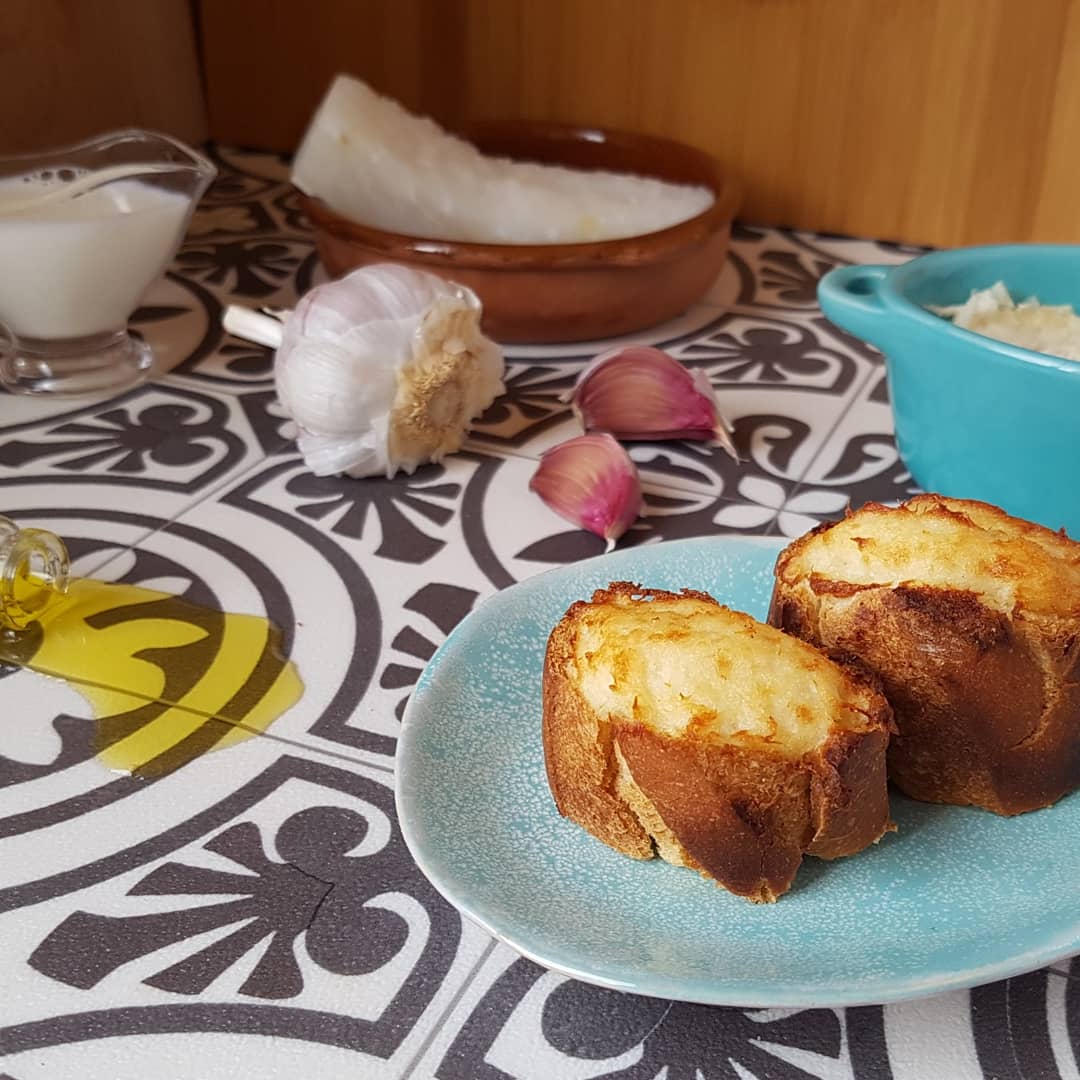Spurious Brandade
This is my recipe of an spurious codfish paté, this is the first that I learnt and is the one I like, nonetheless after some research regarding this recipe I realized I had no idea what a brandada was! So here you have my recipe and if you want to learn more about the history you can read more below. Today I promised myself to do another article with the “original version” in which a mortar is used and all the ingredients are emulsified, just as in making an aioli. .
Easy recipe
Preparation time: 15 minutes
For 4 people
Ingredients
400 gr de Unsalted codfish
1 small potato (optional)
3 garlic cloves
100 ml milk
Olive Oil
Salt and pepper
Preparation
1- Boil the potato until is soft, let cool and carefully peel out the skin.
2- Cut the garlic in chunks and fry in olive oil.
3- Put aside the garlic and in the same oil cook the codfish.
4- Once is cooked flake the codfish and make sure there aren’t any fishbones.
5- Grind all the ingredients together until you get a soft paste.
6- Now is ready, I advise you to spread and toast it in the oven at 180º C for five minutes
Some history
This dish is very common in Catalonia, Liguria (northern Italy) and in the south of France, from where the historic data tell it originated from. In France it is better known as Brandade de Nimes, brander in the provenzal dialect means to stir. The countries have a little cold war on who actually invented the recipe, so we can just say this is a Mediterranean recipe, considering all this countries in the mediterranean have similar ecosystems and foods. But I find this quite amusing as there are not codfish in the Mediterranean sea!
The dish was popularized by the french chef Durand in the XVIII century, the actual origin of the recipe is unknown. But there are some hints where it came from, the first known written recipe of the brandade is from 1788 in the Encyclopédie Méthodique, but the fish used in this recipe is hake instead of codfish and the ingredients are not incorporated in a mortar but in a pan. Another historic recipe is the one found in the Dictionnaire Géographique et Administratif de la France from 1982 that starts with this sweet sentence “A story tell us that a nimoisine (girl from Nimes) had the idea of grinding the codfish in a stone mortar and mix it with scented oil…”
Socioeconomic data
Codfish is a highly demanded fish, and this is bigger than it’s production. Since 2017 the FAO has recommended the European Union to reduce dramatically fishing in the Baltic. This is based on recommendations made by scientists and scholars after a series of studies. Nevertheless the pressure made by local fishermen as they fear that this reduction will affect mainly small producers, having a detrimental impact on the local economy. Finally an agreement was reached to reduce the production a 10% for 2019 instead of the 39% recommended by the EU. We will have to keep an eye on how this evolves.
You can read more about this here


